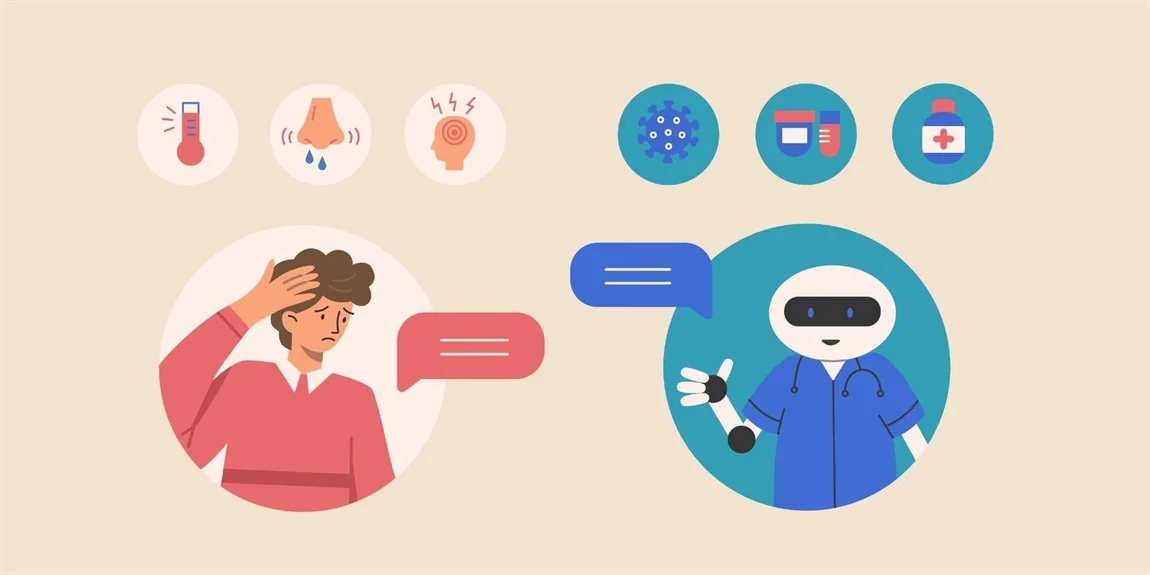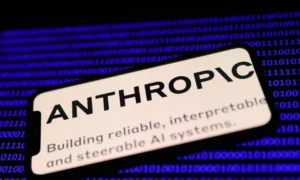AI chatbots might ace medical exams, but that doesn’t mean they’re ready for your next ER scare.
A new Oxford study reveals a jarring gap: language models like GPT-4o perform well on their own — yet fail dramatically when real people try using them for help.
It’s not the model that’s failing. It’s the human-AI handoff that’s breaking.
Here’s What Just Happened
The buzz around large language models in healthcare has been loud — and largely celebratory. GPT-4 reportedly passed U.S. medical licensing questions with up to 90% accuracy. Other models have even outperformed licensed physicians on diagnostic exams.
But Oxford researchers just poured cold water on the hype. Their new study tested whether regular people could use top AI models to correctly diagnose and act on medical symptoms.
The results were clear — and troubling. While the models themselves identified the correct conditions 94.9% of the time, humans using those same tools got it right less than 34.5% of the time.
Even more surprising, participants who used no AI at all outperformed those using chatbots. People told to diagnose themselves “however they normally would” were 76% more accurate than those aided by LLMs.
In the experiment, 1,298 participants were asked to simulate patients across a range of scenarios — from pneumonia to migraines to life-threatening hemorrhages. They interacted with models like GPT-4o, LLaMA 3, and Command R+, and were free to prompt the chatbots as often as needed.
Behind the scenes, medical experts had already determined the “correct” diagnosis and recommended action for each case.
One scenario, for example, involved a 20-year-old student suffering a sudden, intense headache with red-flag symptoms. The correct response? Get to the emergency room. But only a small fraction of participants using LLMs reached that conclusion.
So where did it all go wrong?
Why This Could Change Things
The issue wasn’t just model accuracy — it was communication. People didn’t give the models enough useful information, or they misunderstood the feedback they got.
In one case, a participant suffering gallstones gave a vague prompt about stomach pain after takeout. The model replied with indigestion. The user guessed wrong.
Even when the chatbot offered a correct or relevant condition, users often didn’t act on it. GPT-4o flagged helpful clues in 65.7% of sessions — but that translated into accurate user answers less than half the time.
This points to a deeper flaw in how AI tools are benchmarked. We often test models using expert-written prompts and structured queries. But real-world users are vague, emotional, rushed — and sometimes in pain.
The Oxford team even tried simulated AI “patients” to replicate users. Unsurprisingly, they did far better than real people, correctly identifying conditions over 60% of the time. But that only proves the point: LLMs understand each other better than they understand humans.
This isn’t just a healthcare issue. It mirrors the growing tension in enterprise AI: bots might pass internal assessments, but still fail in messy, live settings. And the failure, more often than not, is human-AI friction — not model logic.
Expert Insight
“For those of us old enough to remember the early days of internet search, this is déjà vu,” said Nathalie Volkheimer, user experience specialist at UNC’s Renaissance Computing Institute.
“As a tool, large language models require prompts to be written with a particular degree of quality, especially when expecting a quality output.”
She cautioned that AI success hinges on the surrounding system — not just the model: “It’s about the driver, the roads, the weather, and the general safety of the route. It isn’t just up to the machine.”
GazeOn’s Take: Where It Could Go From Here
This study should be required reading for anyone deploying AI in customer-facing roles. It doesn’t matter how accurate your model is in a lab if users can’t talk to it effectively in real life.
The solution isn’t better AI — it’s better orchestration. Human-centered design, interface training, and feedback loops need just as much attention as model architecture. Otherwise, we’re building tools for machines to talk to machines — not to us.
Your Turn
Can LLMs be trusted with real patients if real patients can’t trust themselves to use them well? What would you change? Join the conversation.
About Author:
Eli Grid is a technology journalist covering the intersection of artificial intelligence, policy, and innovation. With a background in computational linguistics and over a decade of experience reporting on AI research and global tech strategy, Eli is known for his investigative features and clear, data-informed analysis. His reporting bridges the gap between technical breakthroughs and their real-world implications bringing readers timely, insightful stories from the front lines of the AI revolution. Eli’s work has been featured in leading tech outlets and cited by academic and policy institutions worldwide.




























Pingback: Agentic AI Is Reshaping Digital CX. Is Your Business Ready?